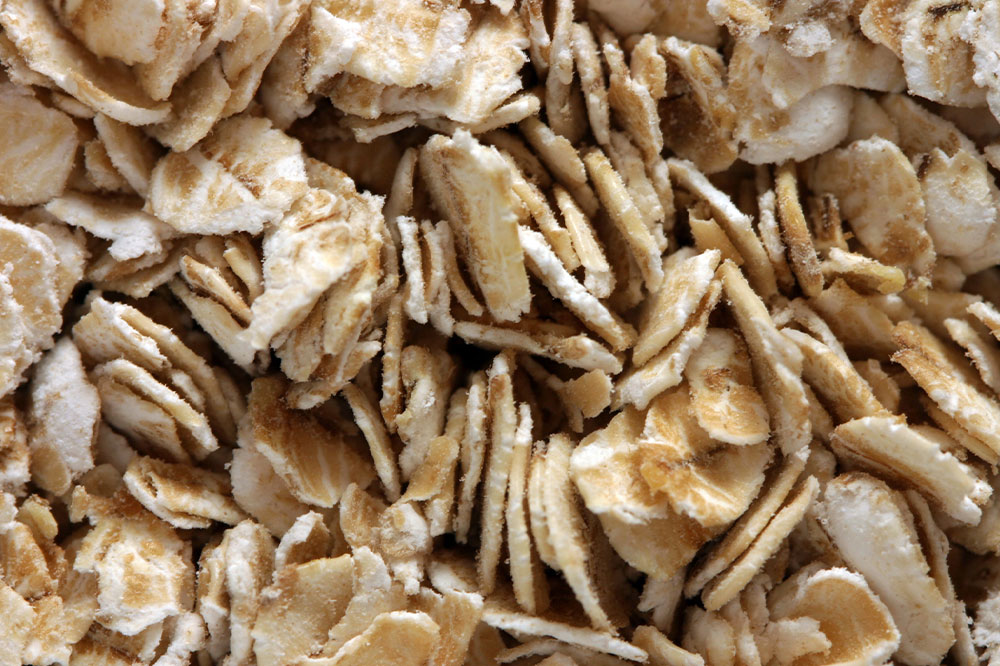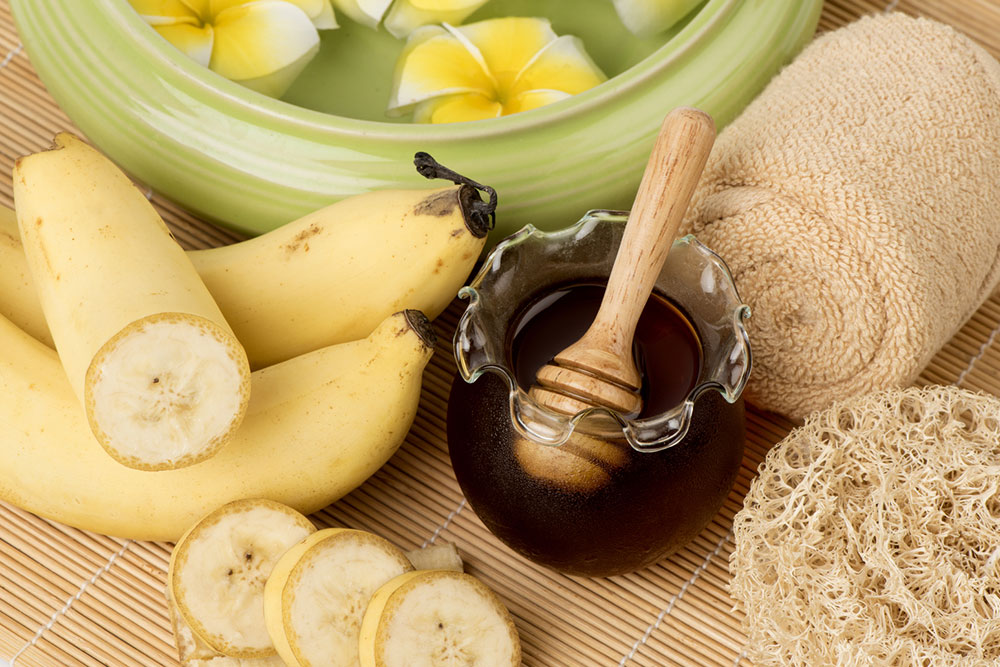9 habits and lifestyle choices that trigger heartburn

Acid reflux, commonly referred to as heartburn, is a discomfort that most adults experience on a regular basis. The stomach holds digestive juices that break down the foods and beverages consumed before moving them along the digestive tract. When these juices flow back up the esophagus, the resulting burning sensation and discomfort is called acid reflux. Here are some known causes, triggers, and habits that may inadvertently worsen the condition.
Having a large meal
The body can only absorb and process a certain amount of nutrients from foods and beverages consumed daily. Overeating only adds extra calories that remain unprocessed and adds to the body mass index, triggering the risk of high body fat, among other complications. Putting pressure on the stomach forces the gastric foods back up the esophagus. This happens as the esophageal sphincter relaxes, opening the valve connecting the end of the esophagus with the top of the stomach. The acidity content of these gastric juices is extremely high, and the upwards regurgitation is what triggers painful heartburn. Instead of having a large meal, doctors advise splitting up the same food into smaller portions and having smaller meals every couple of hours.
Wearing clothing that presses against the stomach
Wearing tight fitting clothes may be a stylish fashion choice, but this habit can trigger heartburn.







